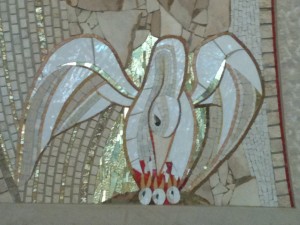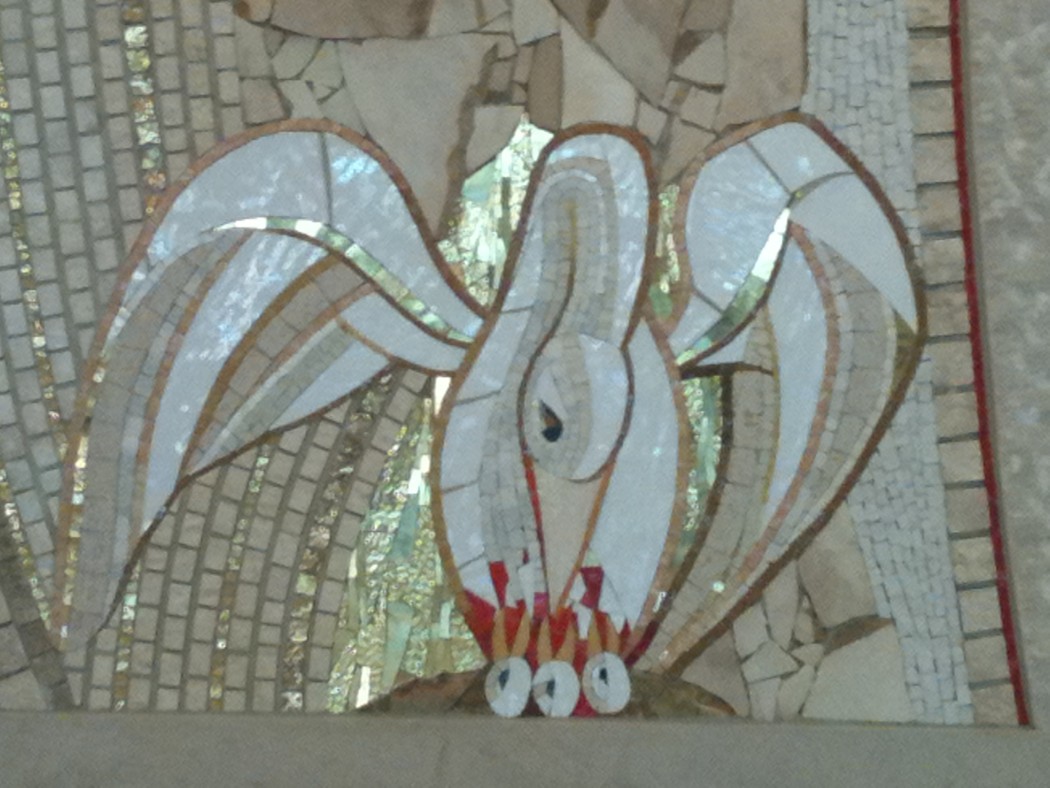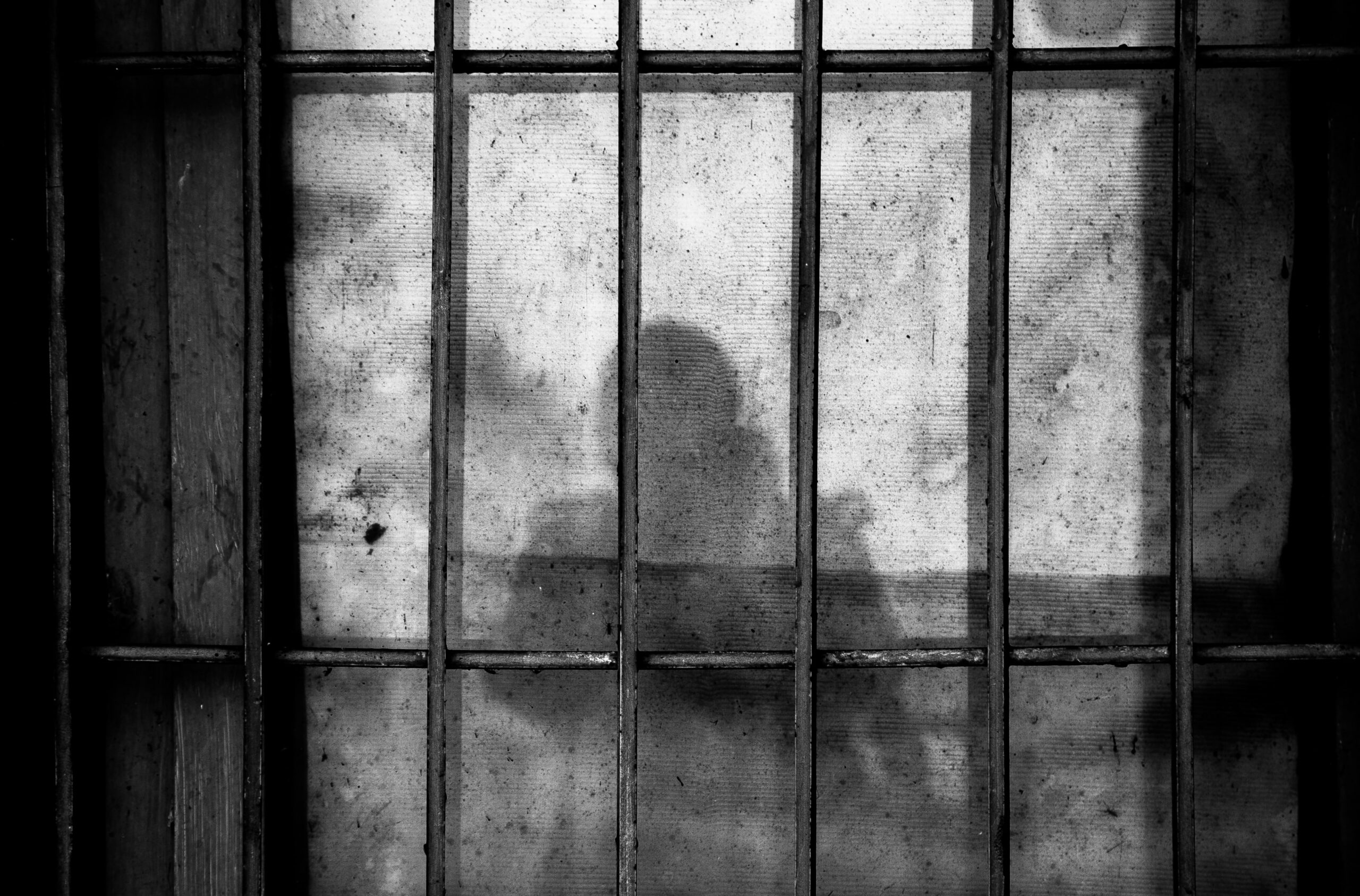 I’m currently on a month-long road trip around the Eastern half of the U.S., visiting members of religious orders who work in the professional theatre, as well as heads of professional theatres that are informed by a Christian vision but which operate in the secular marketplace.
I’m currently on a month-long road trip around the Eastern half of the U.S., visiting members of religious orders who work in the professional theatre, as well as heads of professional theatres that are informed by a Christian vision but which operate in the secular marketplace.
Last week I met with the artistic and technical directors of Elements Theatre Company, an ensemble based in Cape Cod whose members have all taken vows as part of an ecumenical Benedictine-influenced religious community. The artistic director mentioned that the Eucharist was at the heart of the community’s life, and therefore at the heart of the company’s work. When I mentioned that part of my proposed dissertation title was ‘Towards a Eucharistic Theatre’, she asked me to explain what I meant by that. So for you, good readers, here is the explanation I gave her:
In the Eucharist, according to Catholic theology, the bread and wine offered upon the altar become the Body and Blood of Christ. All those who eat of His Body become His Body – the Church. (Participating in Holy Communion is also a sign of belonging to this Body.) All the members of the Church are therefore connected to each other as members of one Body – as members of Christ.
Each individual partaker in the Eucharist is joined to the Cross – not only to the Cross of Christ’s sacrifice but also to the Cross of Communion, in its two vertical and horizontal dimensions that meet in the Eucharist. When a communicant is joined to Christ in the Eucharist, he is joined vertically to God in the Trinity – because Christ is God, One in divinity with the Father and the Spirit. When a communicant is joined to Christ in the Eucharist, he is also joined horizontally to all other communicants – because they are also Christ, inasmuch as they are also members of His Body.
How does the Eucharist relate to theatre? Again, through Christ. If Christ, as God, is the Source and summit of all Goodness, Truth, and Beauty, then whenever we experience any of these three qualities, we experience Christ. If an artwork – including a theatrical performance – is at all good, true, and beautiful, then it puts us into contact with Christ when we experience it (hidden as the contact may be). Theatre is especially suited to this conception of art as Eucharist because it already resembles a liturgical rite, through a group of people in a room enacting a story together.
If we experience Christ in a theatrical performance, then that performance has connected us through Christ to God – to He Who is Goodness, Truth, and Beauty. It has also connected us to the other people who share in that experience, whether as artists who share the vision or as audience members who receive it. We are all brought closer together as a community and closer as a community to God.
However, this communion can only be accomplished if Christ is at the centre of a theatre’s creative vision because Christ is the Cross at the centre of all Creation. He is the One who holds all creation (and all creativity) together and is the bridge between the creation and God. Any story performed in the theatre will create communion insofar as it emanates from Christ because He is the Story to which all other stories point:
“I put before you the one great thing to love on earth: the Blessed Sacrament… There you will find romance, glory, honour, fidelity, and the true way of all your loves on earth…” – J.R.R. Tolkien (Letter 43)






Brilliant. This is one of the reasons I’ve always thought that a film like say “On the Waterfront” is a ‘Catholic’ movie. Yes, the main characters are mostly Catholic, one of them even a priest, but the overall composition isn’t “preachy” but simply a great piece of work; the inherent themes of justice, freedom, and human dignity with which it deals are Christian themes, but they exposit those themes in a Tolkienian manner.